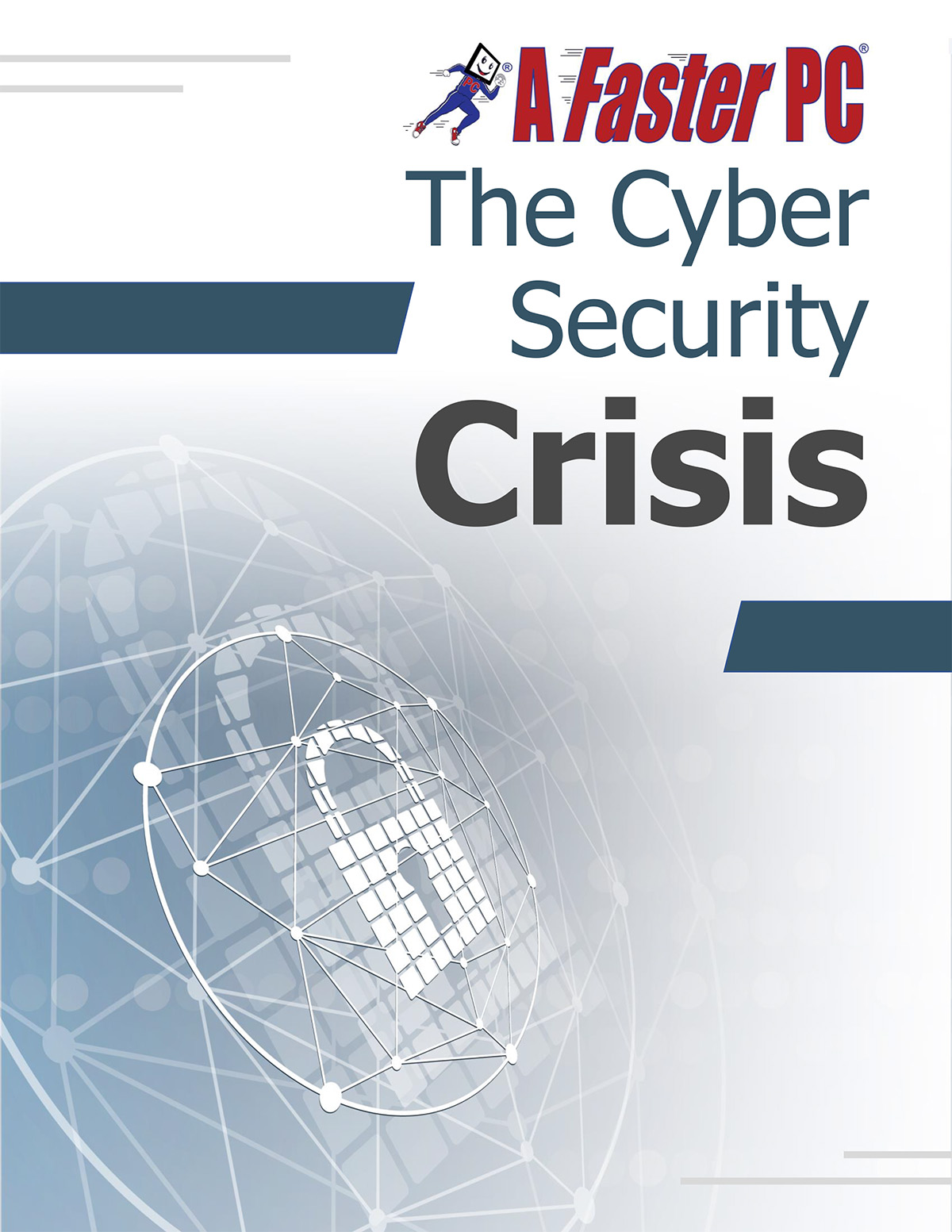
Critical Cybersecurity Threats You Need to Know About Now
Imagine a single command giving hackers full control of your Linux system, or a seemingly innocent Chrome flaw silently hijacking your entire PC. These aren’t hypothetical threats—they’re real, unpatched vulnerabilities putting users at risk right now.
In this post, we’ll break down the biggest cybersecurity threats you need to be aware of, along with actionable steps to protect yourself, your devices, and your data.
1. Linux Critical Vulnerability in Sudo Feature
If you use Linux (or have systems running Linux), you need to act immediately. A critical security flaw has been discovered in Sudo, a widely used utility that allows unprivileged users to gain root access.
The Risk:
- Attackers can exploit this flaw to run commands with full system privileges, giving them complete control over affected systems.
- A second privilege escalation bug was also patched in the same update.
How to Protect Yourself:
- Upgrade to Sudo version 1.9.17p1 or later as soon as possible.
- Apply all available patches to ensure your system remains secure.
2. Cisco Hard-Coded Credentials in Unified CM Software
Cisco has issued an urgent warning about a critical vulnerability in its Unified Communications Manager (Unified CM) and Session Management Edition (SME) software.
The Risk:
- The flaw involves hard-coded SSH credentials that allow remote attackers to log in as root and execute commands with full system control.
- Rated 10/10 on the CVSS severity scale—the highest possible threat level.
How to Protect Yourself:
- Apply Cisco’s patch immediately.
- Monitor systems for any unauthorized root logins.
3. Microsoft 365 DirectSend Feature Abused for Spoofed Emails
Cybercriminals are exploiting Microsoft 365’s Direct Send feature to send spoofed emails that appear to come from within organizations.
The Risk:
- These phishing emails mimic voicemail notifications and include PDFs with QR codes that redirect to fake Microsoft login pages.
- The campaign has targeted over 70 companies, primarily in the U.S., since May 2025.
How to Protect Yourself:
- Disable Direct Send if not needed.
- Enforce strict DMARC policies.
- Train employees to recognize QR code phishing scams.
- Enable multi-factor authentication (MFA).
4. New Chrome Zero-Day Exploit in the Wild
A critical zero-day vulnerability (meaning hackers are already exploiting it) has been found in Chrome’s V8 JavaScript and WebAssembly engine.
The Risk:
- Attackers can use specially crafted webpages to execute arbitrary code on victims’ machines.
- This is the fourth actively exploited Chrome zero-day this year.
How to Protect Yourself:
- Update Chrome immediately to version 138.0.7204.96 (Windows/Linux) or 138.0.7204.92 (Mac).
- Also update other Chromium-based browsers (Edge, Brave, Opera, Vivaldi).
5. Microsoft Removing Password Management from Authenticator App
Starting August 1st, Microsoft Authenticator will no longer support password management.
The Risk:
- Users will still be able to access saved passwords via Microsoft Edge, but storing credentials in a browser is highly insecure.
How to Protect Yourself:
- Migrate to a dedicated password manager (we recommend secure options like Bitwarden or 1Password).
- Watch our video: The 5 Password Mistakes You’re Probably Making for best practices.
6. FBI Warns of Health Insurance Scams
The FBI has issued an alert about fraudsters impersonating health insurers and investigators via email, text, and calls.
The Risk:
- Scammers pressure victims into revealing medical records, bank details, and Social Security numbers.
- They use urgency tactics (e.g., fake refunds) to trick people into compliance.
How to Protect Yourself:
- Verify unexpected messages by contacting insurers through official channels (not links in emails).
- Avoid clicking on unsolicited links.
- Use strong passwords + MFA.
7. Iranian State-Sponsored Hackers Targeting U.S. Infrastructure
U.S. cybersecurity agencies warn that Iranian state-backed hackers are actively targeting:
- Defense contractors
- Critical infrastructure (energy, water, transportation)
- OT/ICS systems (industrial control systems)
The Risk:
- While no large-scale attacks have occurred yet, escalating geopolitical tensions could trigger disruptive operations.
How to Protect Yourself:
- Disconnect OT systems from the internet where possible.
- Apply all security updates promptly.
- Enforce strong authentication and monitor for suspicious activity.
How A Faster PC Can Help
If you’re unsure whether these threats affect you—or how to protect against them—we can help.
✅ Automated Patch Management – We check for updates hourly (Windows, Chrome, Zoom, Adobe, etc.) so you’re always protected.
✅ Advanced Cybersecurity Tools – Detect and block hackers before they strike.
✅ Secure Password Management – Migrate from unsafe browser storage to encrypted solutions.
✅ Penetration Testing – We’ll scan your systems for vulnerabilities and fix them.
Don’t wait until it’s too late.
📞 Call us at 772-878-5978 or visit AFasterPC.com to schedule a free discovery call.
When cybersecurity threats strike, you need A Faster PC on your side.
Get Protected Today:
For IT support, managed services, patch management, and cybersecurity, contact A Faster PC:
📞 Call us: 772-878-5978.
🛡️ Download Our FREE Cybersecurity Report.
💻 Get tech support help today!
🌐 Sign Up for Our FREE 'Cyber Security Tip of the Week'
🔒 Need help with password management? You need A Faster PC! If you want to take your cybersecurity to the next level, call A Faster PC at 772-878-5978 or visit AFasterPC.com today.



